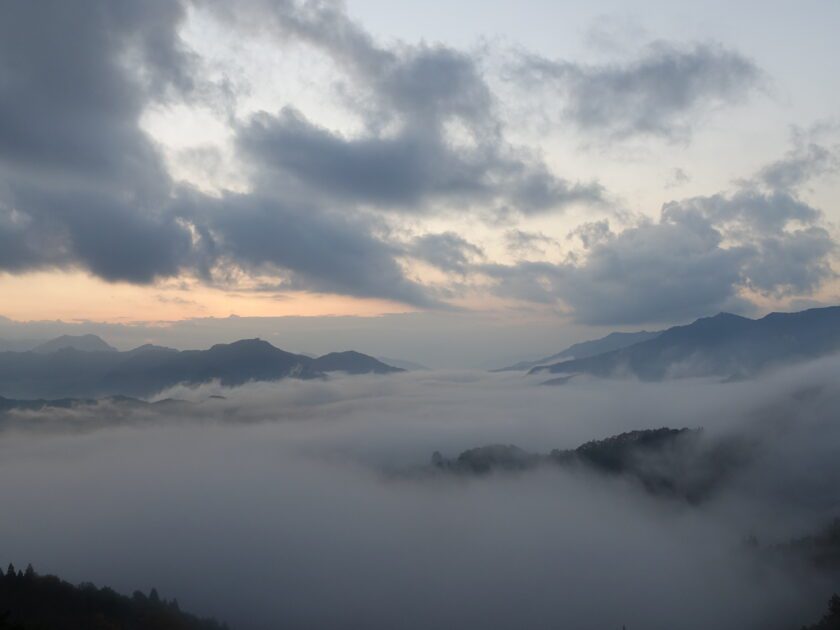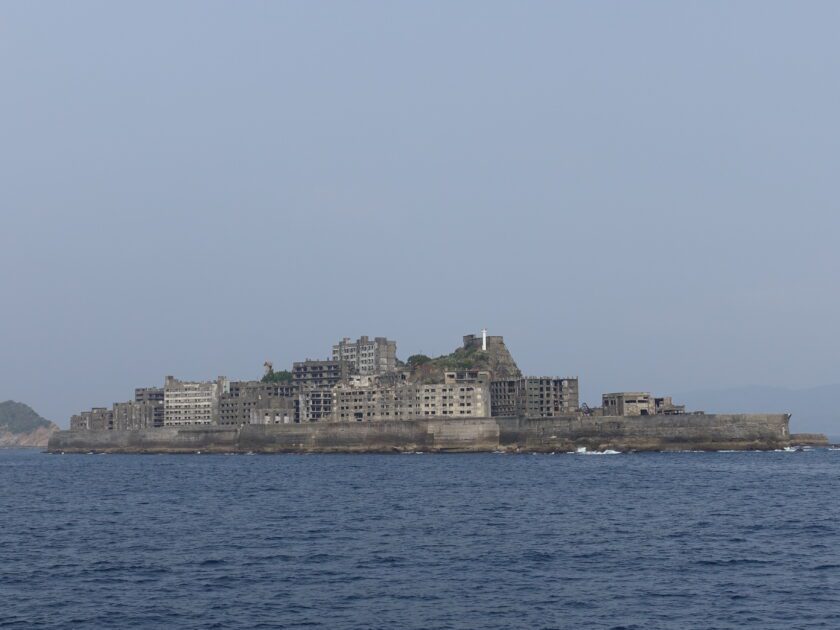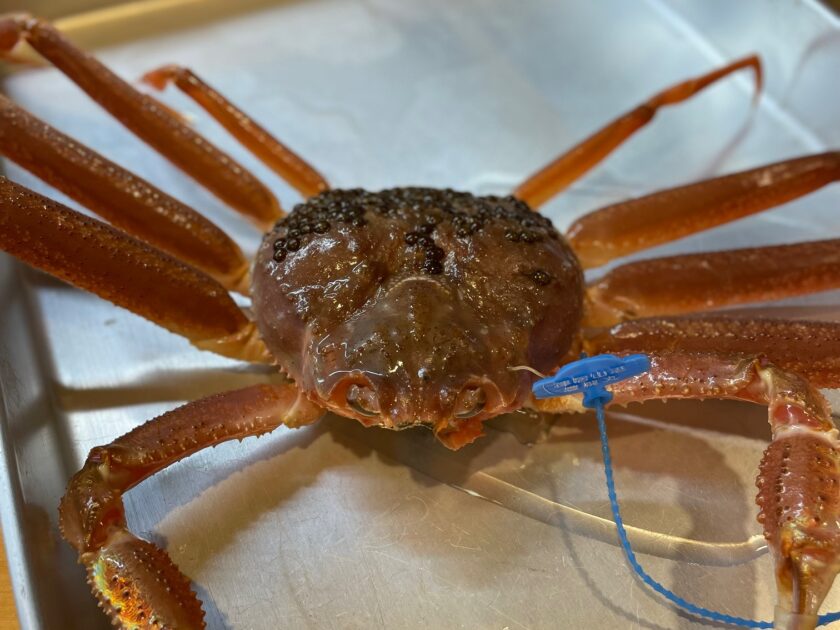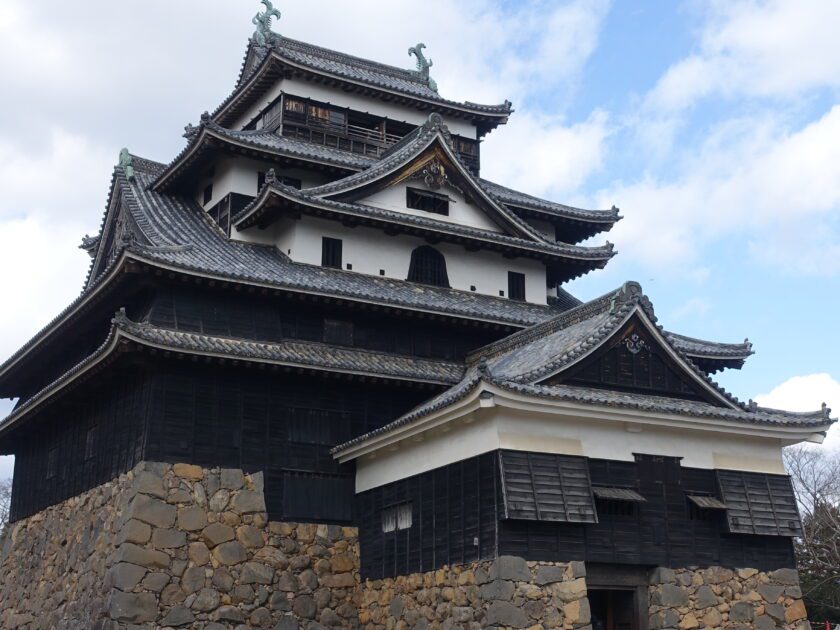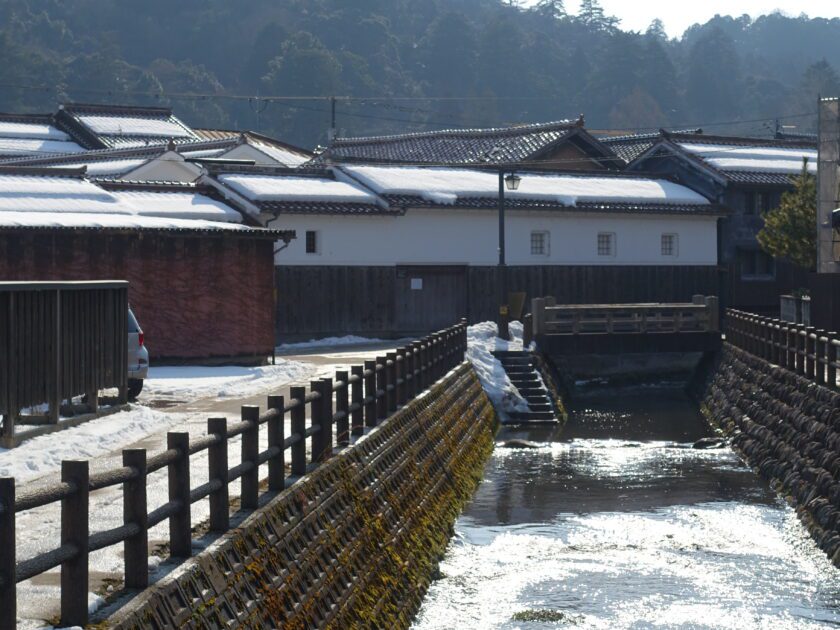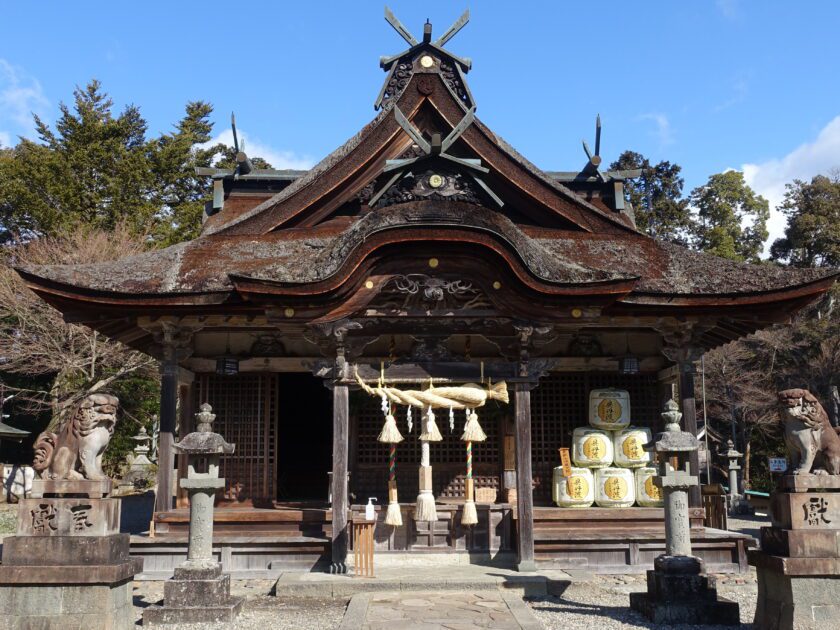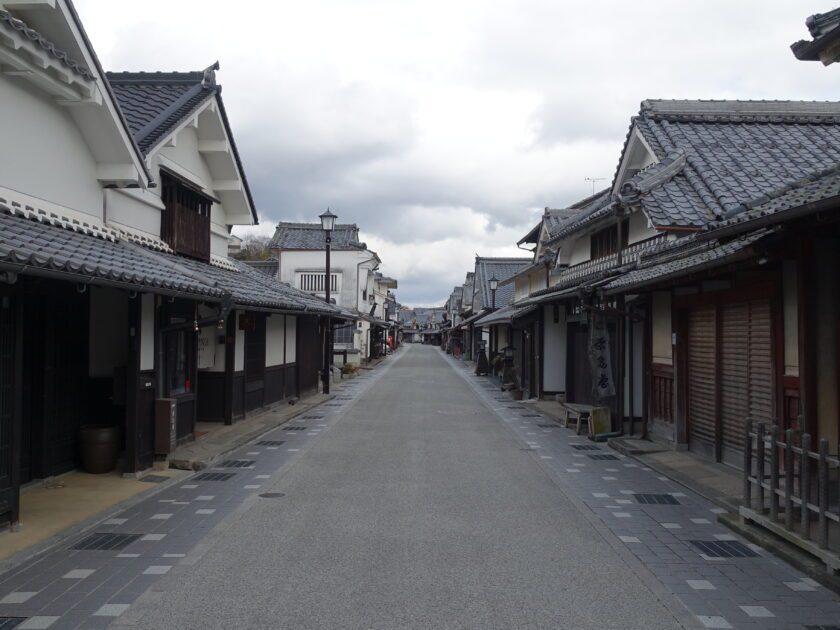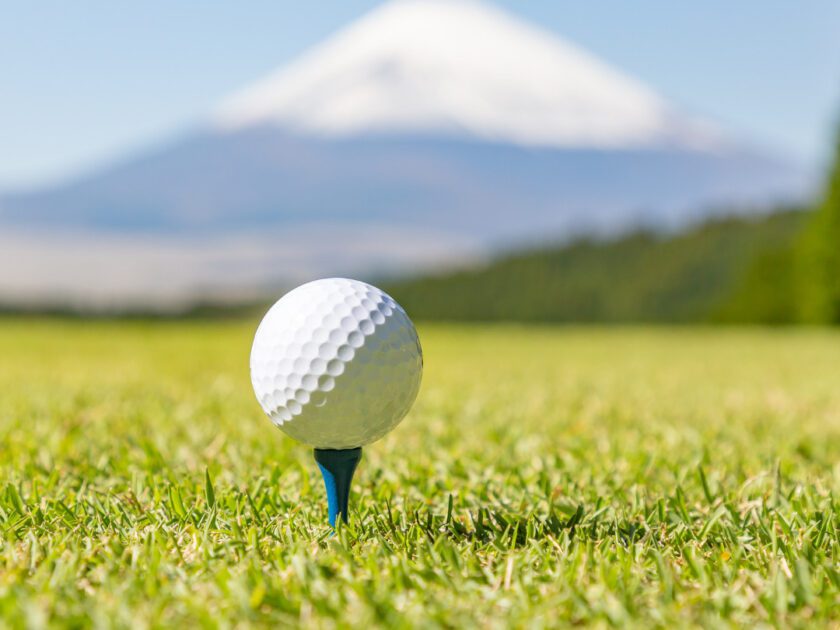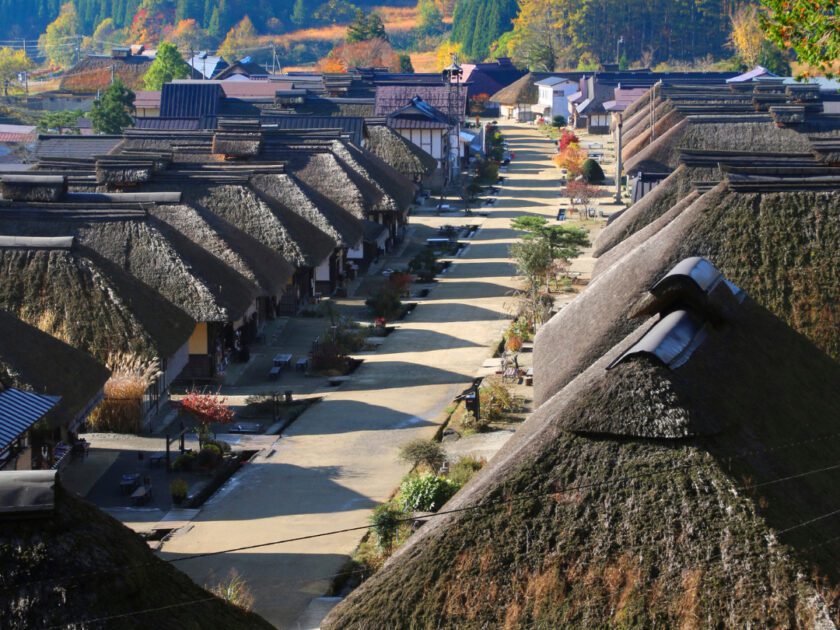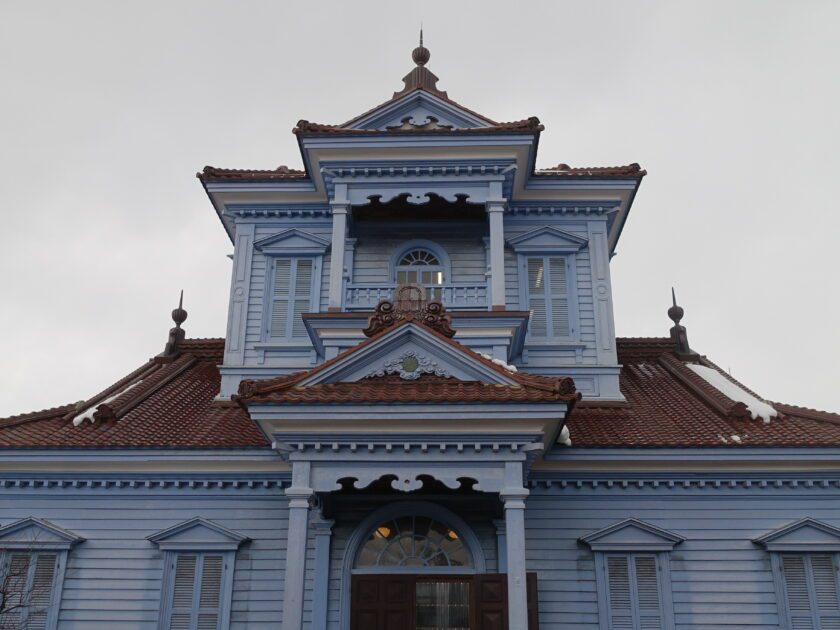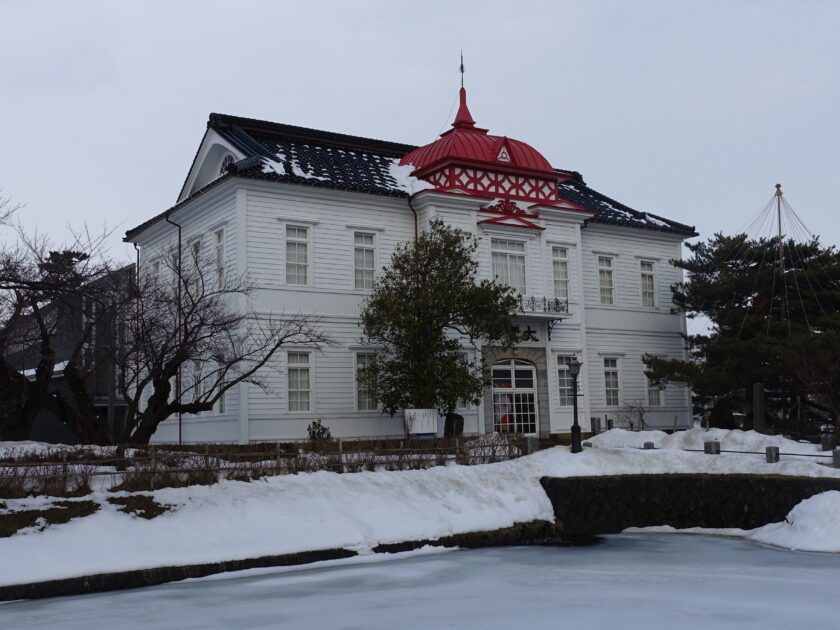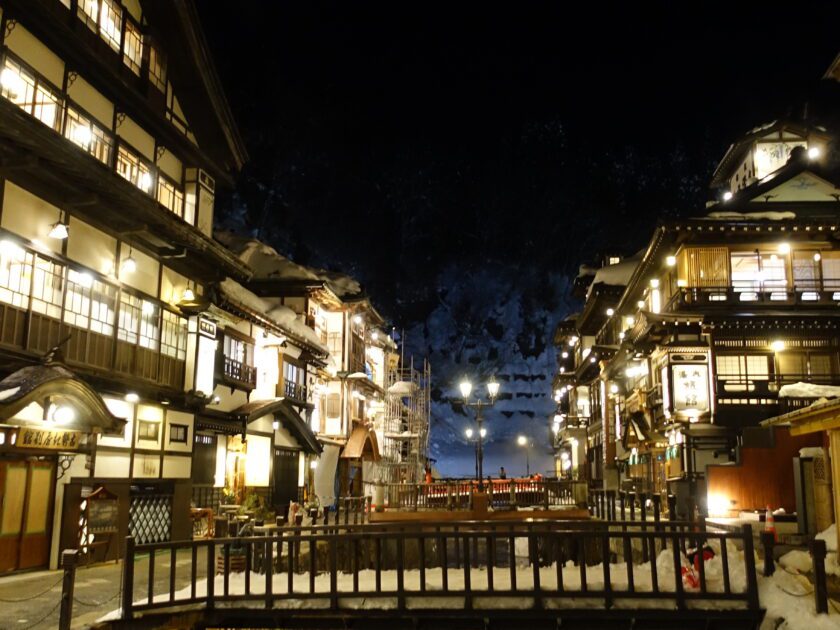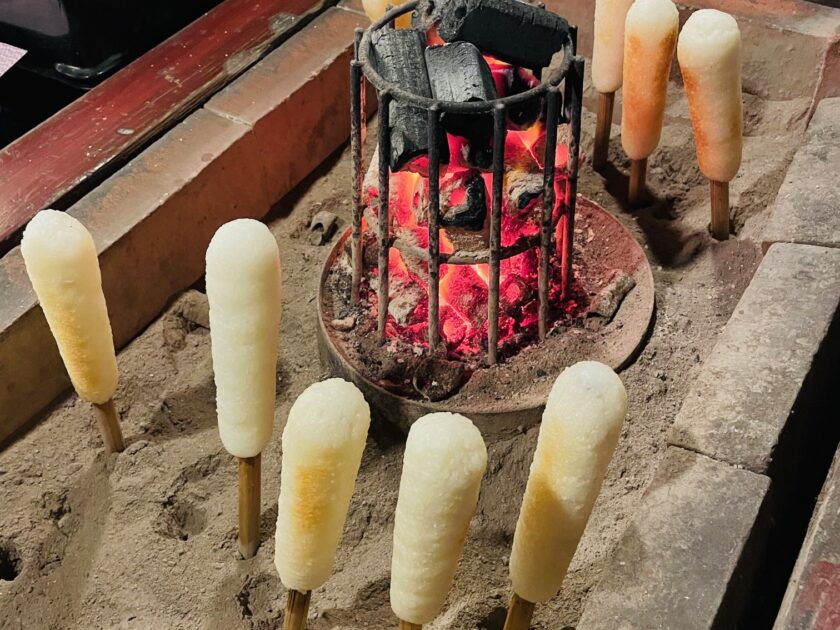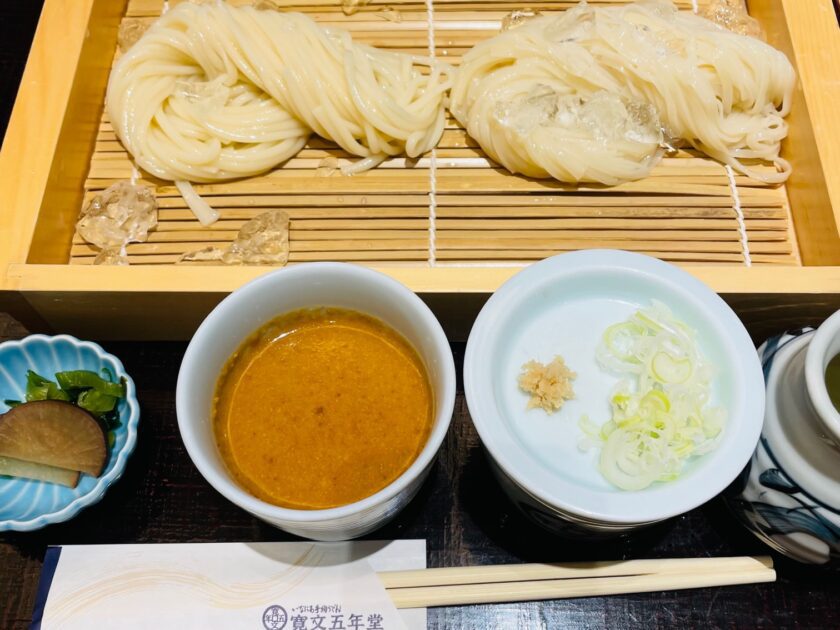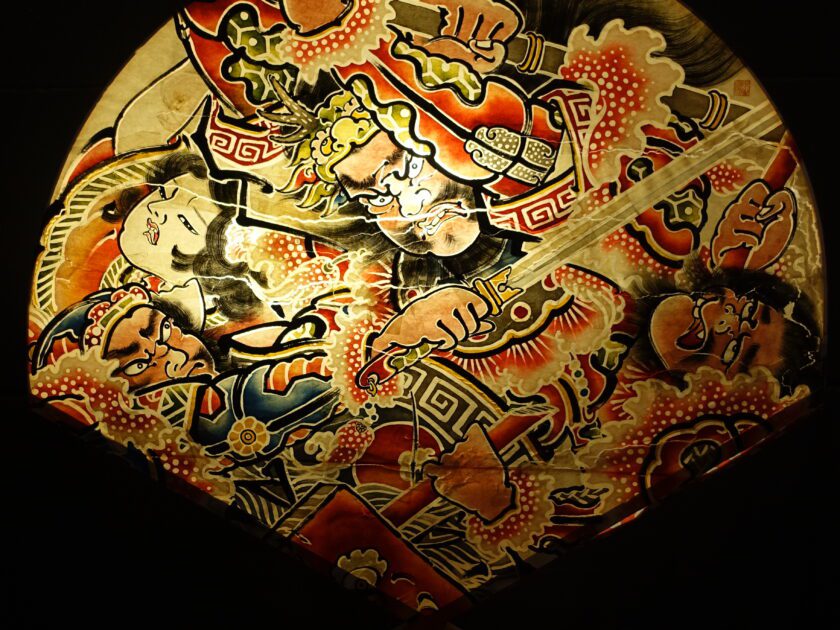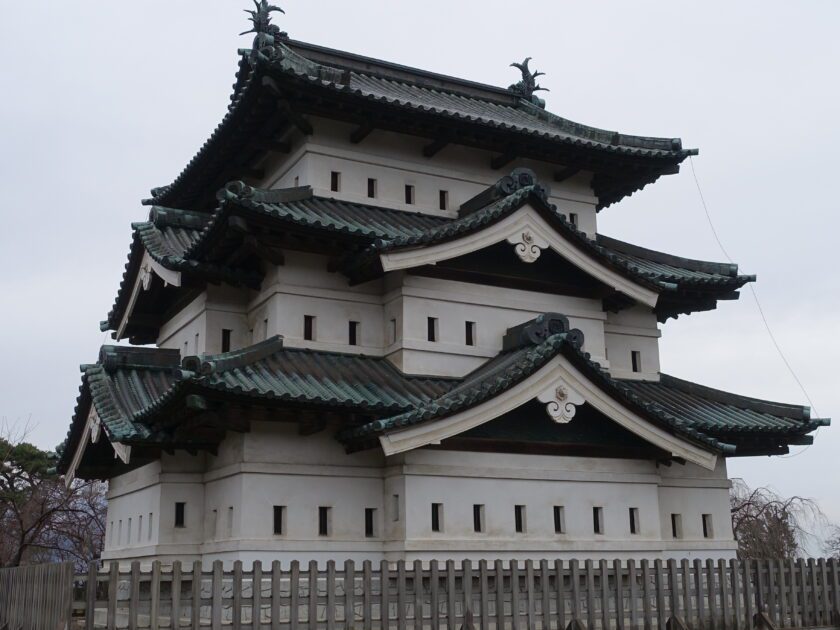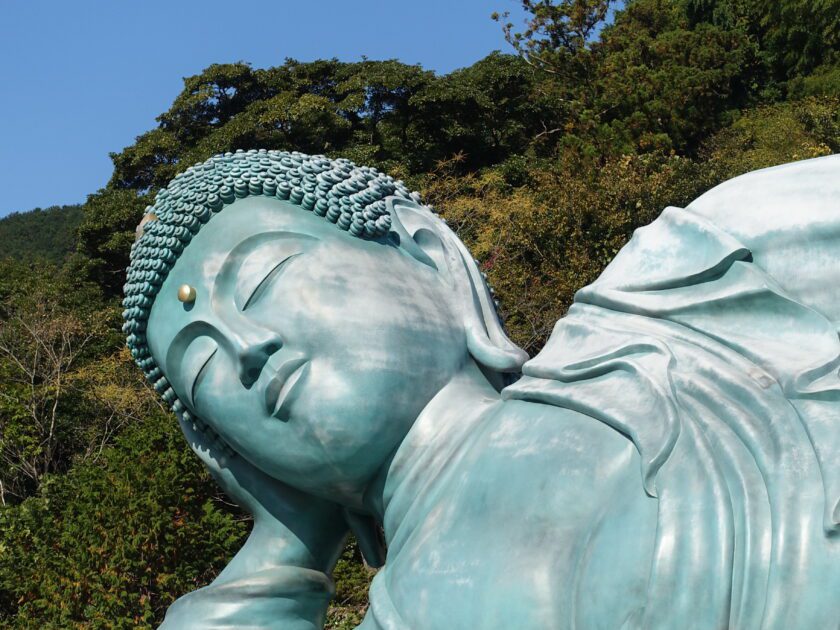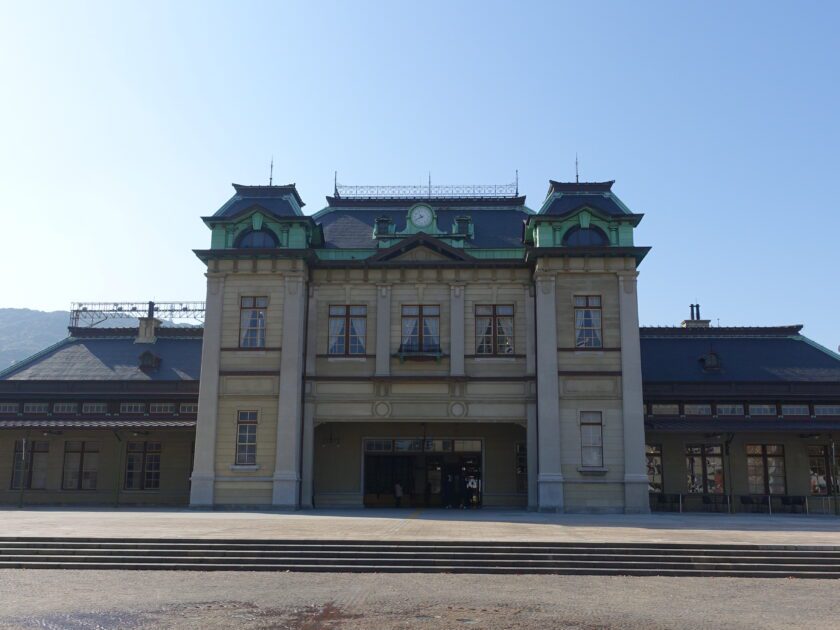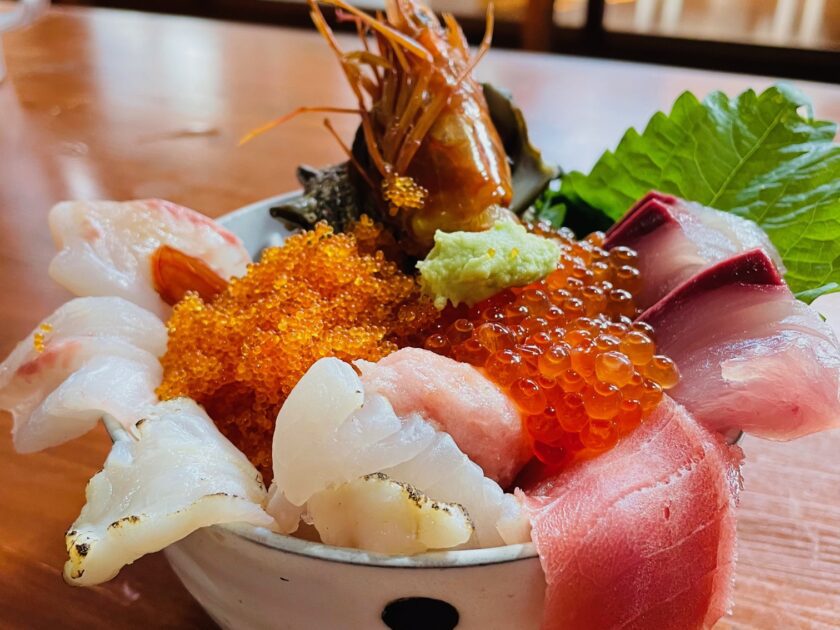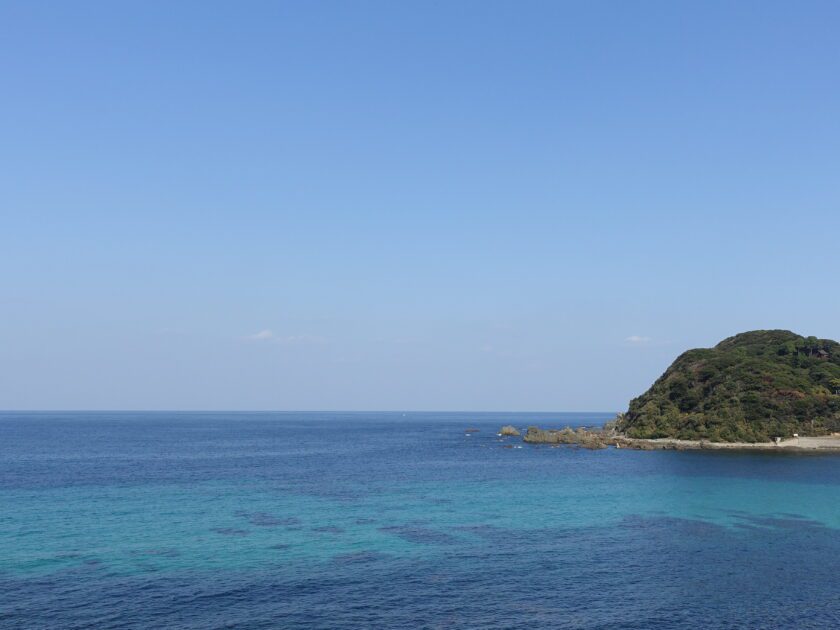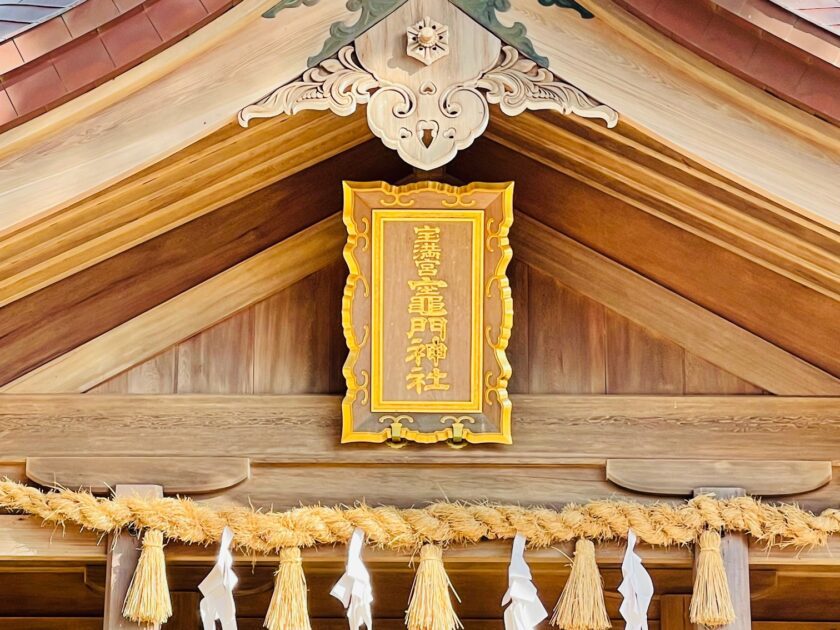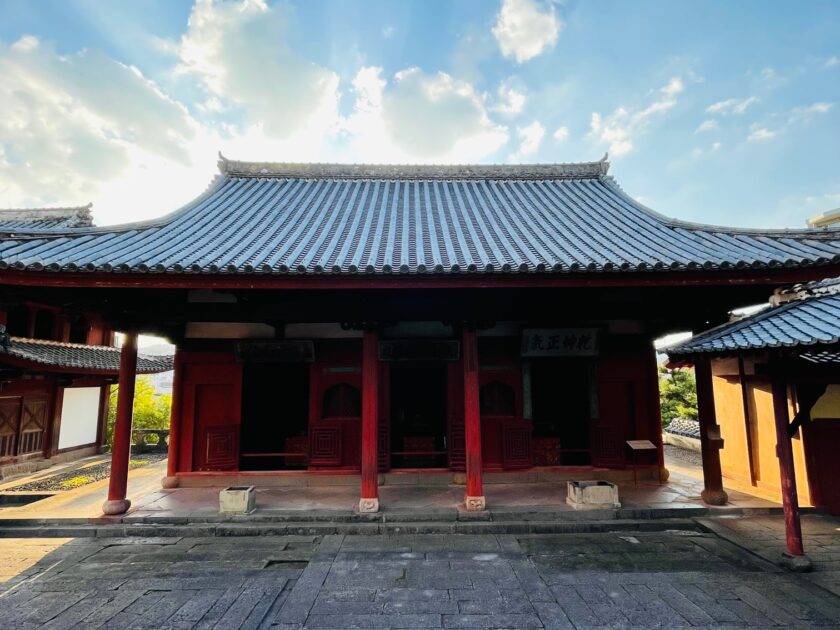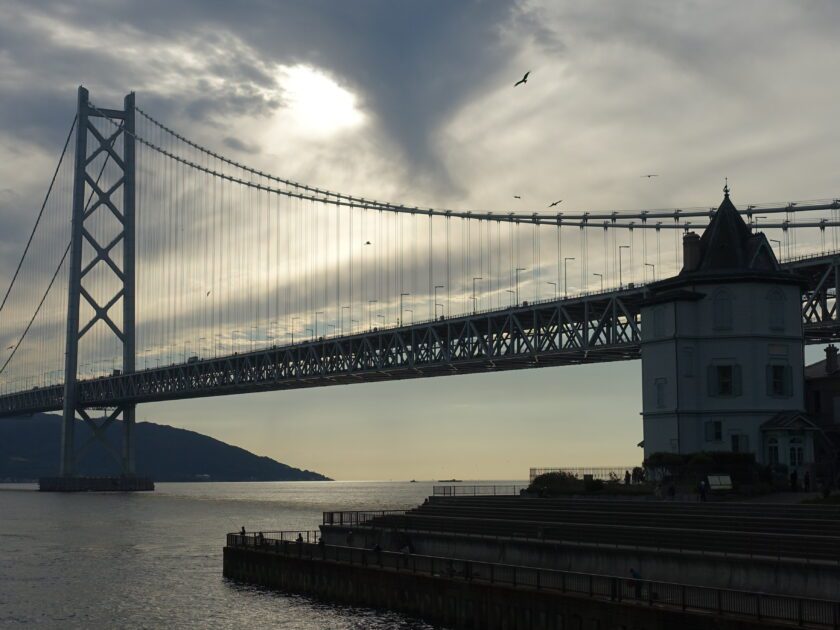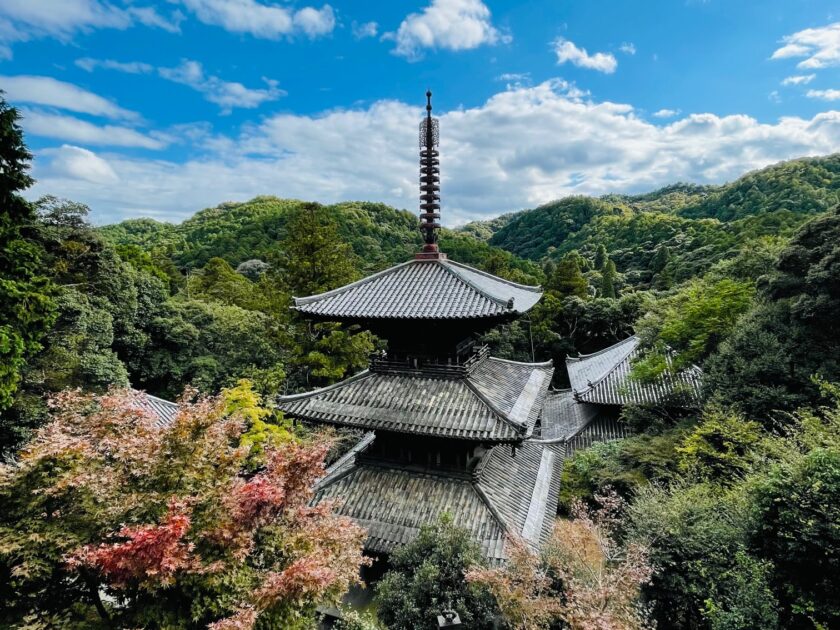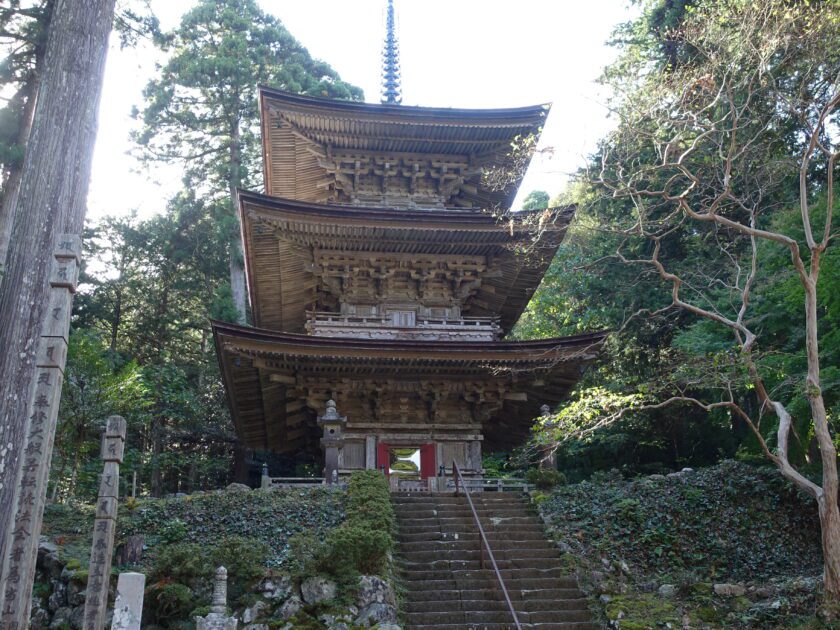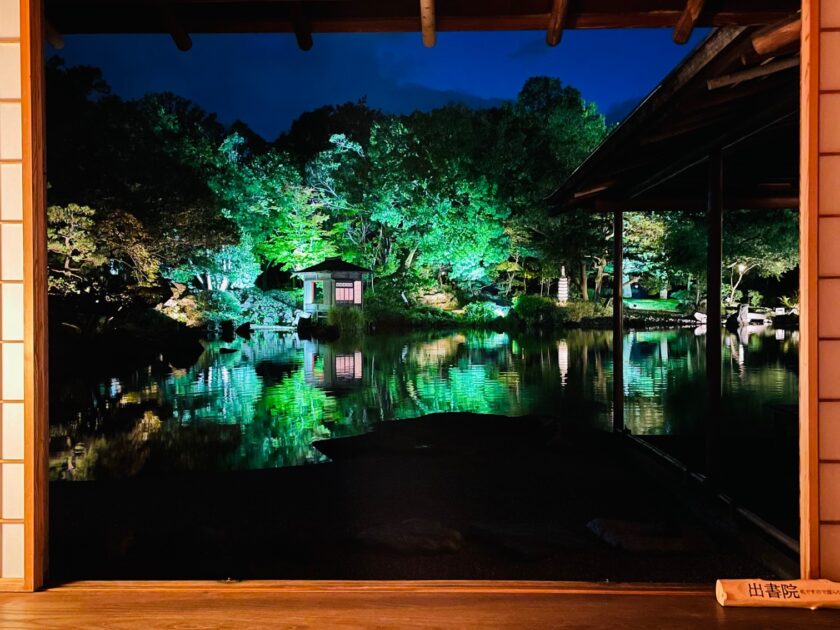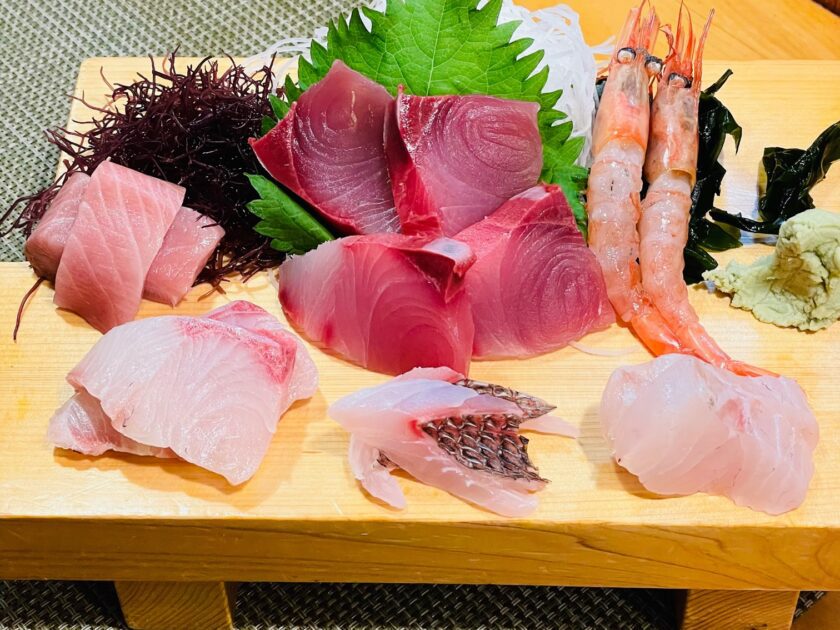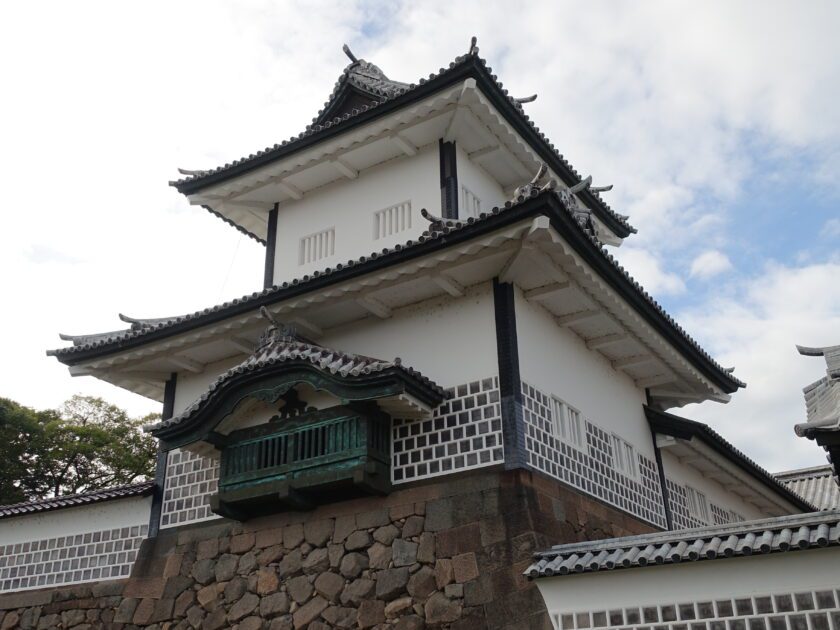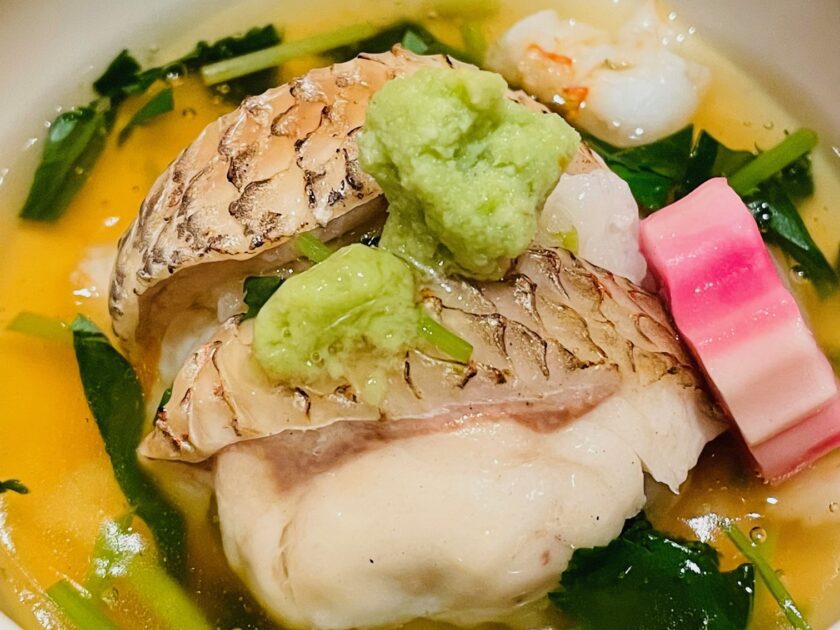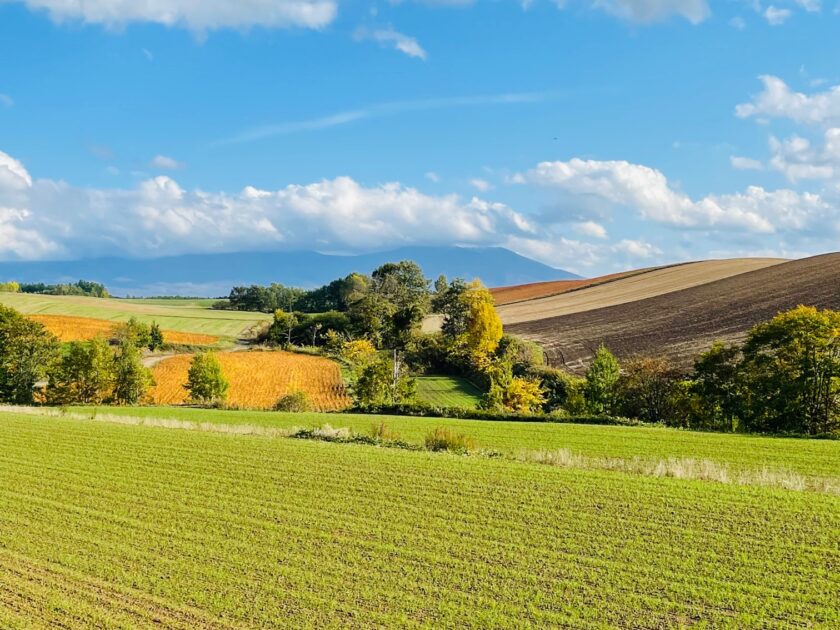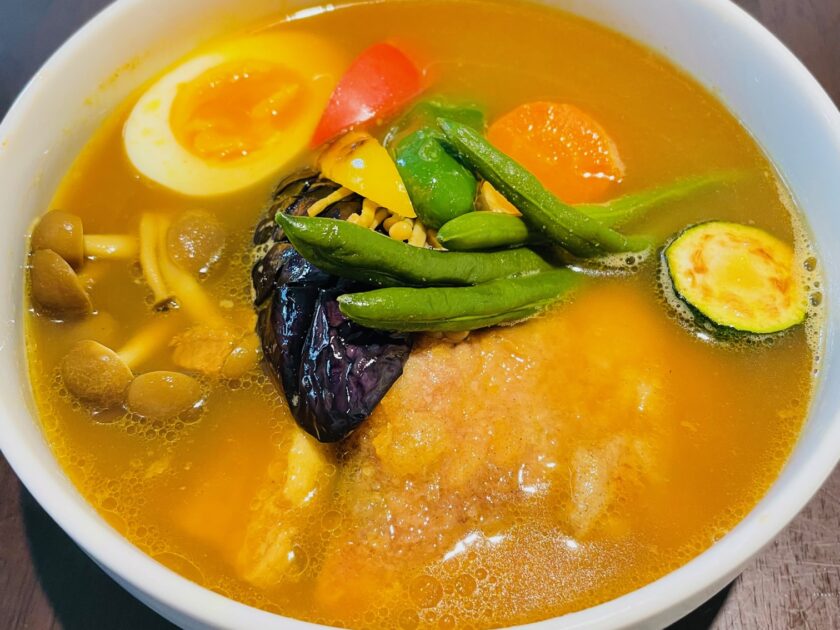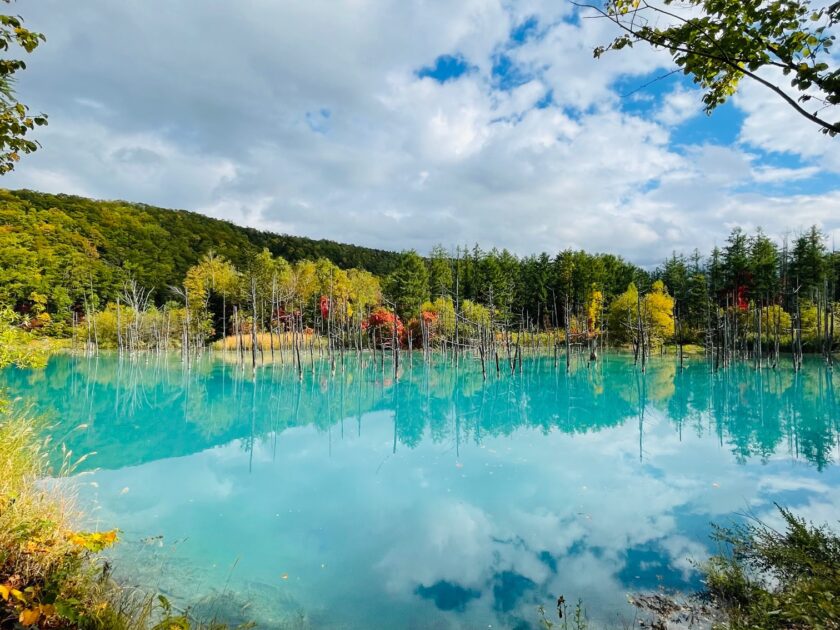March itinerary in Japan Day 1 (Hiroshima prefecture)
March itinerary in Japan Day 1 (Hiroshima prefecture) (Tuesday, March 22) Table of contents 1. Fudoin 2. Memorial Cathedral for World Peace 3. Shukkeien (Asano Park) 4. Hiroshima Castle 5. Atomic Bomb Dome 6. Children’s Peace Monument 7. Hiroshima Peace Memorial Museum 8. Shirakami-sha Shrine 1. Fudoin I traveled to Hiroshima and Okayama prefectures from March 22 (Tuesday) for 3 nights and 4 days. This time as well, I sent my luggage to my travel destination and enjoyed the “luggage-free trip”. I flew from Haneda Airport to Hiroshima Airport. The planes I used are as follows. Depart Haneda Airport at 8:15, ANA673, arrive at Hiroshima Airport at 9:45 I arrived at Hiroshima Airport and went to Hiroshima city by limousine bus. The limousine buses I used are as follows. Depart Hiroshima Airport at 10:05, arrive at Hiroshima Station Shinkansen Exit at 10:55, Fare Yen 1,370 After arriving in Hiroshima city, I ate okonomiyaki and headed to Fudoin. The public transportation I used is as follows. Depart Hiroshima Station at 12:00, Sanyo Line “bound for Onoura”, arrive at Shin-Hakushima Station at 12:03 Depart Shin-Hakushima Station at 12:10, Astramline “bound for Chorakuji”, arrive at Fudoin-mae Station at 12:14, total fare


